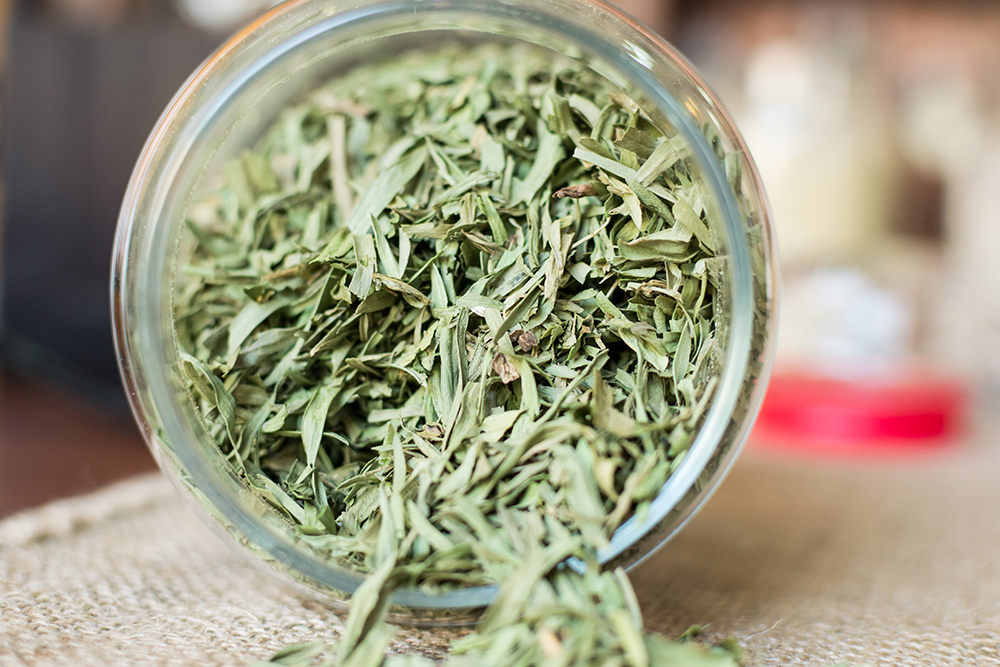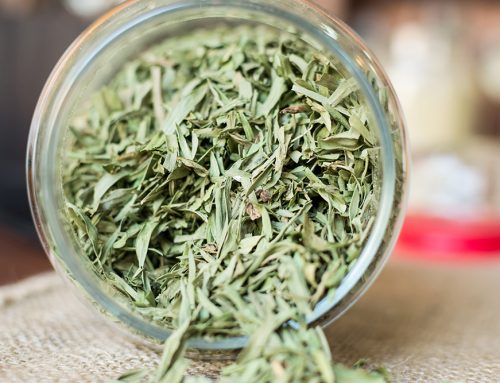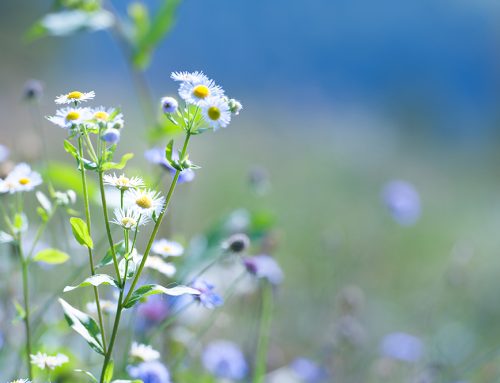Sage is native to the Mediterranean region. The use of sage can be seen to vary across the world, and throughout history with the Egyptians using the herb for fertility and as a treatment for diseases, sage was also one of the main ingredients used in embalming and without it they were unable to access the afterlife. Ancient Romans considered sage to be a holy plant and before picking they would perform a certain ceremony. Meanwhile, in France, sage was grown prolifically and used in tea. When it comes to burning sage this is something that Native Americans and other indigenous peoples have been doing for centuries. It is used as a part of a spiritual ritual to cleanse a person or space and to promote healing and wisdom.
When it comes to growing sage Gill and Carol grow the herb from scratch every year, the herb grows best in full sun as it brings out the flavour in the leaves. Make sure when choosing soil to choose free-draining soil or compost as sage can die in waterlogged soil in the winter. Sage has a lovely silver-green, blueish leaf. Also, some pretty little flowers can be used to decorate salads or desserts. These can also be dried and stored the same way as Bay leaves and Tarragon.
Here at the hotel, we grow 3 types of Sage…………….. For this week’s recipe, Gill has included her sage and onion stuffing for you to try perfect accompaniment for chicken, turkey, or pork.
Sage and onion stuffing recipe
Ingredients
- 1 red onion
- Olive oil
- Sage leaves
- Bread crumbs
- 2oz Butter
- Salt
- Ground pepper
- Water (The amount depends on type of bread crumbs. Add a little at a time wait until water absorbed then add more. You need to be able to roll into balls.
Method
- Chop 1 red onion finely and gently fry in olive oil without browning, whilst the onions are frying on a low heat finely chop some sage leaves and grate some stale bread crusts to make bread crumbs. (Stale bread makes the best bread crumbs, grate on a cheese grater)
- Then you want to mix all your ingredients together, add some softened butter, salt, ground pepper and a little olive oil. When it comes to the water add just enough to form small balls.
- Once you have made your stuffing balls leave them on a greased tray for 20 minutes to swell.
- Then pop in the oven for 20/30 minutes until the outside slights crusts.
We hope you have learned something new today and for those of you who try out any of the recipes be sure to tag @GrimscoteManor in photos of your delicious sage stuffing. We’d love to see them!







